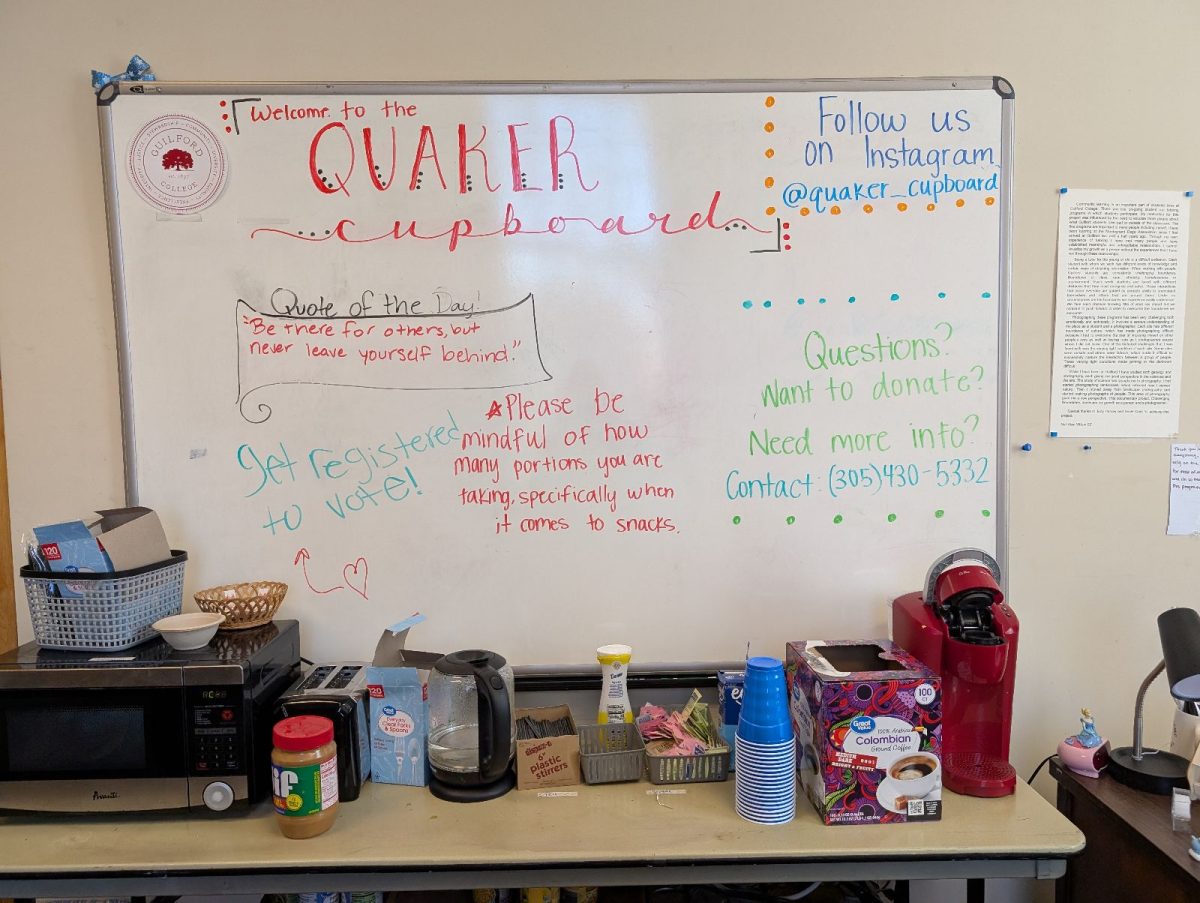The last thing anyone living in a college dorm wants to hear about is the possibility of mold growing somewhere in their living space, particularly if it is black mold.
Recently, an anonymous tip reported the possibility of black mold growing in Binford Hall.
“The reports are not true,” said Binford Hall Director Brian Daniel in an email interview. “If there was, we would alert the residents immediately and take appropriate actions from the administration.”
Black mold is a toxic mold that commonly shows up in living spaces.
The mold is a greenish-black color with a typically slimy look. It grows best in warm conditions where there has been a significant water leak. The most common place to find it growing would be in bathrooms where water is most present.
The danger with black mold is the mycotoxins in it that can be breathed in which can cause toxic disease and death in humans and animals.
With the speculation of possible black mold, The Guilfordian decided to investigate particular areas of Binford.
After checking extensively throughout the dorm, we were unable to find any evidence of black mold in the building.
During this investigation, a student who had a problem with mold in his room earlier this year shared his experience.
“In my room, there was a leaking pipe in the wall where a column had to be removed,” said first-year student Patrick Volk. “The mold was a greenish-white color, so I am pretty sure it would not have been black mold.”
Mold, particularly mildew, is common in a state as humid as North Carolina. Because of the amount of moisture that can accumulate during the summer, mold is certainly a probable outcome in just about any building
“Bryan Hall in the past has had some problems with mildew,” said Coordinator of Housing Operations Maria Hayden. “Last summer there was a lot of work done in (Bryan) to fix some ventilation issues causing this mildew.”
Bryan Hall is not the only residential area that had issues with mold on campus.
“Last year, in my room, we had mold that grew in our air conditioner that caused our room to smell,” said sophomore and former Milner Hall resident Ben Winstead. “We filed a work order, and it did get fixed, but the mold grew back a few months later.”
These types of issues are common on most college campuses. The minor issues seen on Guilford’s campus are nothing compared to what Miranda Green, a writer for The Daily Beast, reports in her article “George Washington University’s Housing Horrors.”
“Mushrooms in the bathroom, black mold in the showers and water damage leaking from walls were just a few of the many issues the two non-GW students complained of while staying in graduate school housing in a building called Aston Hall,”said Green in her article.
Despite the lack of evidence behind black mold on campus, students should be cautious and aware in their residential halls of any type of mold they may come upon.
If it is found, immediately let a residential advisor or the hall director know.
“If a student thinks there is a health issue, we want to make them feel safe and comfortable,” said Hayden. “If there are real concerns out there that have not been addressed, we would love to know about them.”





